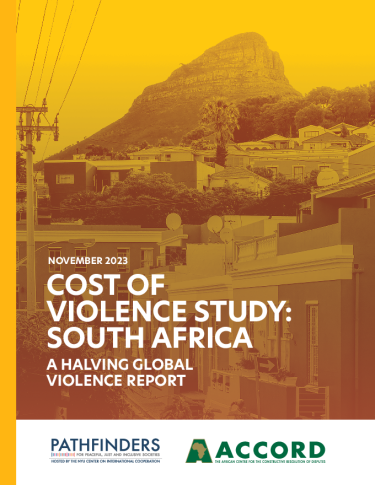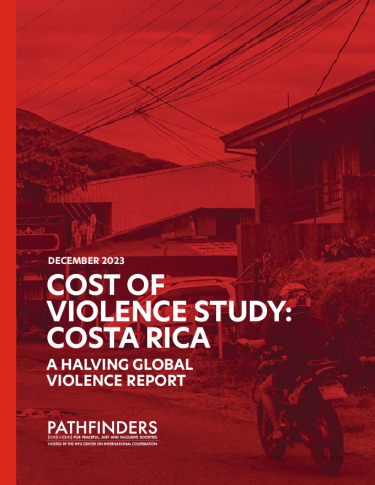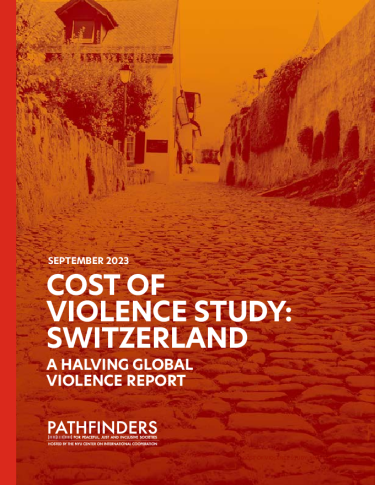Violence as a health priority impacts low- to middle-income countries (LMICs) disproportionately, which experience mortality rates almost 2.5 times greater than in high-income countries.
South Africa is among the LMICs most affected by violence with homicide rates six times global averages and among the world’s highest rates of gender-based violence, including rape and intimate partner violence. Several historical drivers have contributed, including colonialism, apartheid race-based social control policies, civil unrest and armed struggle, and the violent oppression of social justice movements. Some social drivers have endured, and income inequality—which still largely follows the apartheid-era race profiles and geography—has continued to be entrenched within society.
Within this milieu, certain progressive policies such as the 1996 National Crime Prevention Strategy and the 2020 National Strategic Plan on Gender-Based Violence and Femicide have sought to holistically address South Africa’s problem. However, uptake has been sub-optimal and violence has become so normalized that the extent of its harm to society is no longer fully recognized.
The authors in this study present evidence for the prevention of violence including examples from South Africa, and document the enormous toll of violence in terms of both its health impact on mortality and morbidity and its economic cost. In doing so, the study illustrates the costs of prevention are not prohibitive and emphasizes the urgent need to implement effective policies and interventions.
Recommendations in this study include highlighting the urgent need to provide financial and technical support for intersectoral collaboration, multilateral research cooperation, and research capacity to address violence, which in South Africa imposes a significant threat to development. Key aspects to support this agenda include: an integrated violence prevention approach to prevent violence at a societal level; and research to improve the evidence base for violence prevention and the quality of future costing studies.


